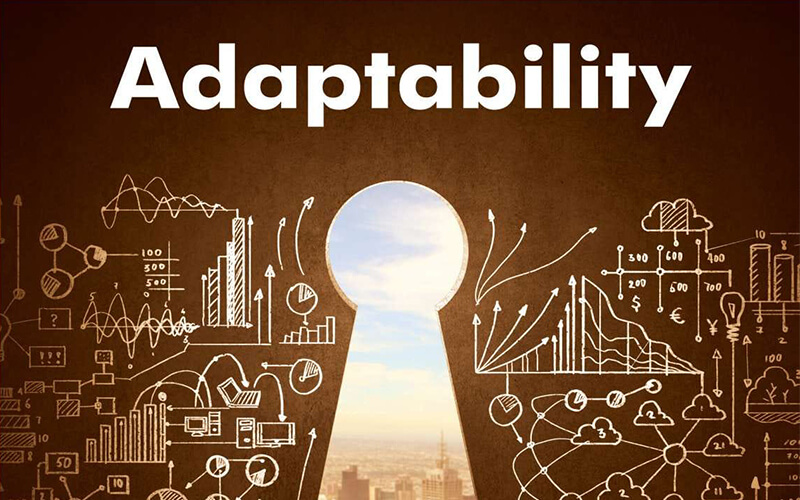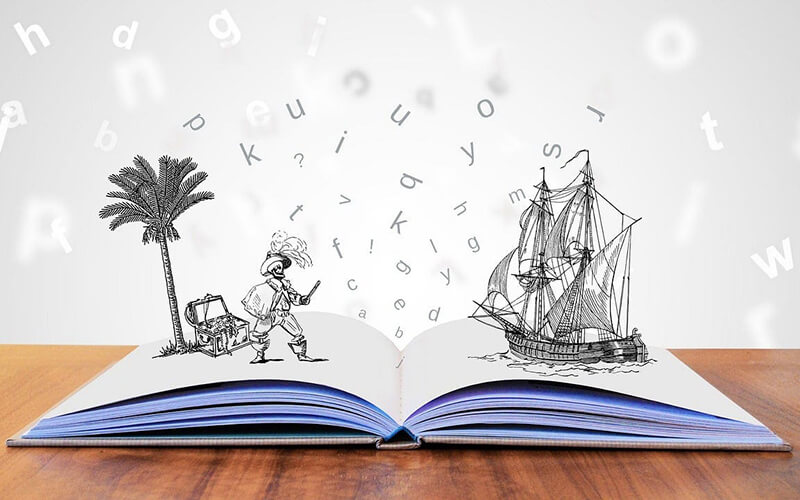Understanding the Variances Between Storytelling and Content Writing illuminates the distinct approaches each discipline employs to engage audiences. In storytelling, the focus lies on creating an emotional connection with the audience through narrative flow, character development, and descriptive language. Conversely, content writing prioritizes delivering information in a logical structure with a professional tone and concise language. Transitioning between these two realms, one encounters differences in purpose, with storytelling aiming to captivate while content writing seeks to inform. Despite these differences, both share the common goal of audience engagement, albeit through varied means. Recognizing the nuances in tone, style, and presentation is essential for crafting effective narratives and content pieces.
Get A Free Estimate on Website DesignPurpose and Audience Engagement

The Variances Between Storytelling and Content Writing are prominently evident in their purpose and approach to audience engagement. In storytelling, the primary objective is to establish an emotional connection with the audience, drawing them into the narrative through vivid characters and compelling plots. Content writing, on the other hand, focuses on providing information and solutions to the audience’s queries, aiming for clarity and relevance. Transitioning from storytelling to content writing involves shifting from evoking emotions to addressing needs directly. This transition requires writers to adapt their tone and style accordingly, ensuring that the audience remains engaged and informed throughout the journey.
Emotional Connection in Storytelling

Emotional connection in storytelling exemplifies one of the significant Variances Between Storytelling and Content Writing. Storytelling actively seeks to forge emotional bonds with the audience, drawing them into the narrative through relatable characters, vivid imagery, and compelling situations. Unlike content writing, which often prioritizes delivering information in a straightforward manner, storytelling relies on the power of emotions to captivate and resonate with the audience. Transitioning from content writing to storytelling involves shifting from conveying facts to eliciting feelings. This transition necessitates a deliberate choice of language and narrative techniques to evoke the desired emotional response from the audience, ultimately enhancing the impact and effectiveness of the storytelling experience.
Get A Free Estimate on Website DesignStructural Differences

Structural differences delineate the Variances Between Storytelling and Content Writing. In storytelling, the focus is on crafting a narrative with a fluid flow and dynamic character development. Conversely, content writing prioritizes a logical structure and clear information hierarchy. Transitioning from storytelling to content writing entails shifting from the development of plots to the presentation of information in a sequential manner. This transition necessitates adapting the structure to ensure coherence and clarity for the audience, thereby enhancing engagement and comprehension.
Logical Structure in Content Writing

The Variances Between Storytelling and Content Writing are exemplified in the emphasis on logical structure in content writing. Unlike storytelling, which prioritizes narrative flow and character development, content writing focuses on presenting information in a structured and organized manner. Transitioning from storytelling to content writing involves shifting from crafting plots to arranging information coherently. This transition necessitates active engagement with logical frameworks and clear presentation techniques to ensure that the audience can easily navigate and comprehend the content. By employing active voice and strategic use of transition words, content writers can effectively convey complex ideas while maintaining clarity and coherence throughout the writing process.
Get A Free Estimate on Website DesignTone, Style, and Presentation

The Variances Between Storytelling and Content Writing are evident in their approach to tone, style, and presentation. In storytelling, the tone is often creative and expressive, allowing for the development of rich characters and immersive worlds. Conversely, content writing adopts a more professional tone, focusing on clarity and conciseness. Transitioning from storytelling to content writing involves shifting from elaborate descriptions and imaginative language to direct and informative communication. This transition requires active adaptation of writing style and presentation techniques to suit the intended audience and purpose of the content. By incorporating transition words effectively, writers can seamlessly navigate between the nuanced tones and styles of storytelling and content writing, ensuring that their message resonates with the audience.
Creative Expression in Storytelling

Creative expression in storytelling highlights the Variances Between Storytelling and Content Writing. In storytelling, writers are free to be creative, weaving intricate plots and crafting compelling characters. Unlike content writing, which demands a more straightforward approach, storytelling allows for imaginative exploration. Transitioning from storytelling to content writing involves shifting from creative storytelling to a structured writing style. This requires adapting the writer’s voice to suit the content’s requirements. By using transition words effectively, writers can transition between creative storytelling and informative content writing while maintaining clarity.
Get A Free Estimate on Website DesignEmotional Response in Storytelling

Emotional response in storytelling is pivotal, differing significantly from content writing. While content aims for informative delivery, storytelling evokes feelings, engaging audiences on a deeper level. Variances Between Storytelling and Content Writing lie in their objectives: Social Connection, the other, dissemination. Emotional resonance, woven adeptly through narrative, compels readers to immerse themselves in the story’s journey, fostering empathy and understanding. Such emotional engagement distinguishes storytelling, rendering it a powerful tool in communication strategies.
Get A Free Estimate on Website DesignMedium and Adaptability

Medium and adaptability play pivotal roles in navigating the Variances Between Storytelling and Content Writing. While storytelling often thrives in narrative-driven mediums such as literature or film, content writing demands adaptability across various platforms like websites, social media, or email campaigns. Understanding the nuances of each medium enables writers to craft engaging narratives tailored to their audience. By embracing the dynamic nature of digital communication, writers can leverage the power of storytelling to create compelling content across diverse platforms, ensuring maximum impact and audience engagement.
Versatility in Storytelling Mediums

The versatility in storytelling mediums showcases the dynamic range of expression across various platforms. From traditional narratives to digital formats, each medium offers unique opportunities for engagement. Understanding the Variances Between Storytelling and Content Writing is essential in leveraging these mediums effectively. Transitioning seamlessly between mediums allows storytellers to adapt their craft to suit different audiences and purposes. By embracing this versatility, storytellers can captivate audiences across diverse channels, amplifying the impact of their narratives.
Adaptability to Different Content Formats

The adaptability to different content formats is a crucial aspect distinguishing the Variances Between Storytelling and Content Writing. Content creators must adeptly shift between narratives, articles, blogs, and more. This versatility ensures effective communication across diverse platforms. By embracing adaptable approaches, writers can tailor their content to suit varying audience preferences and engagement levels. Such flexibility enhances the impact of storytelling and content writing alike, allowing for greater resonance and connection with readers.
Get A Free Estimate on Website DesignStoryTelling By Our Software House

At SEO Training, we do storytelling and content writing. Storytelling is like telling a good story, and content writing is creating articles or blogs. We use both to talk about our software and explain how it works. Storytelling makes it interesting, like a story you want to hear. Content writing helps people understand our software better. We use both to make sure our customers know about our software and how it can help them.









Leave a Reply